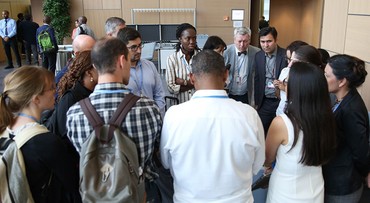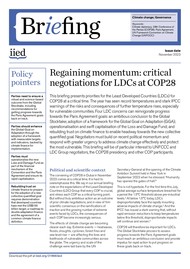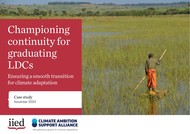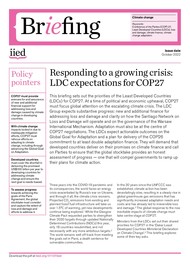Seven elements and seven steps for an effective climate agreement
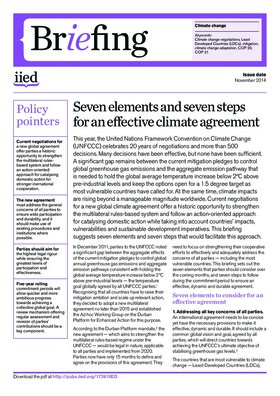
This year, the United Nations Framework Convention on Climate Change (UNFCCC) celebrates 20 years of negotiations and more than 500 decisions. Many decisions have been effective, but none have been sufficient.
A significant gap remains between the current mitigation pledges to control global greenhouse gas emissions and the aggregate emission pathway that is needed to hold the global average temperature increase below 2ºC above pre-industrial levels and keep the options open for a 1.5 degree target as most vulnerable countries have called for.
At the same time, climate impacts are rising beyond a manageable magnitude worldwide. Current negotiations for a new global climate agreement offer a historic opportunity to strengthen the multilateral rules-based system and follow an action-oriented approach for catalysing domestic action while taking into account countries’ impacts, vulnerabilities and sustainable development imperatives.
This briefing suggests seven elements and seven steps that would facilitate this approach.
Cite this publication
Available at https://www.iied.org/17261iied
